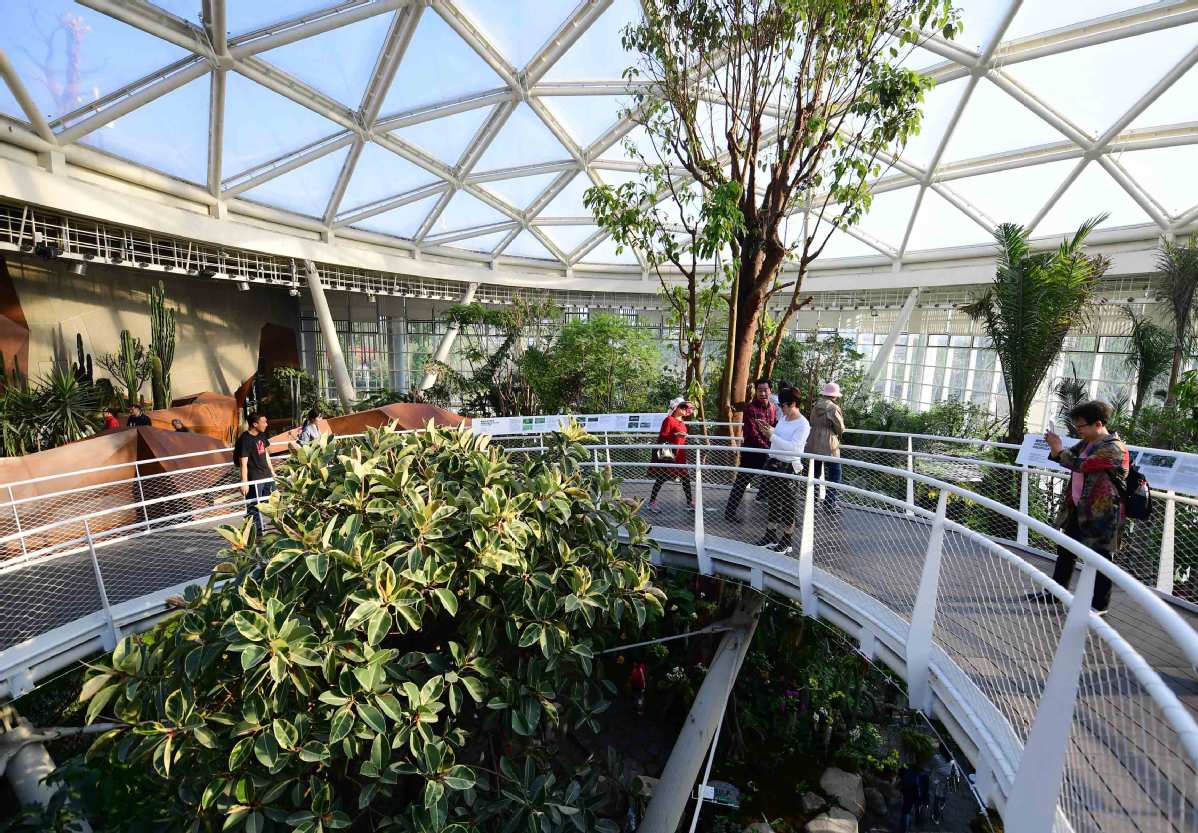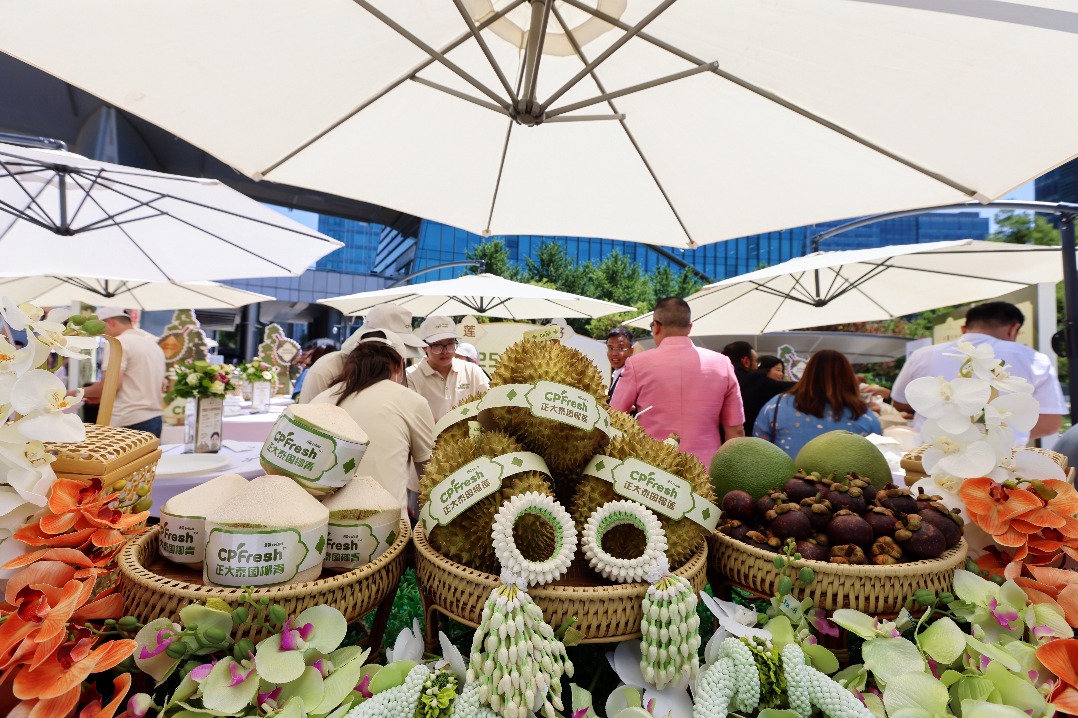ID system helps ensure healthy plants at expo


Beijing Customs and the municipal forestry protection authority have developed a system that helps identify imported plants that are an ecological threat.
The traceable system can integrate quarantine information and biological knowledge of all plants displayed in the 2019 International Horticultural Exhibition.
Each of the 35,000 plants in the exhibition park has its own ID cards - plates printed with two-dimensional codes. By scanning the code, visitors can get information about the plant as well as quarantine details, according to Gao Ruifeng, deputy head of customs.
Once a plant has its own ID, he said, it means it's been inspected by customs and poses no threat to China's ecological safety.
Customs stopped the entry of 28 types of plants with problems such as fungus and nematodes before the opening of the expo.
It also provided pest monitoring services during the expo by setting up 120 monitoring stations in the park, Gao said.
"We send two professionals to inspect the park every day to control the pests and prevent potential risks," Gao said. "In fact, we started pest monitoring one year before the opening of the expo in the park and the neighboring area, which has provided a whole picture of the pest situation for related departments."
Zhang Fang, another customs official, said there are emergency plans to prevent biological risks for the expo.
"For instance, we got a notice on the afternoon of April 18 from the expo authority that a group of plants from Singapore died of unknown causes," she said. "We immediately reported the fact to the higher department and asked the administration of the expo to seal up the plants on site."
After the inspection by the professionals, the plants were found to have died from damaged roots rather than diseases.
"In the nearby soil of those plants, we haven't discovered any insects, mites or snails. Then, we asked the expo to destroy those plants," she said. "Even though the plants didn't cause any damage, our fast reaction and smooth cooperation with related authorities have shown the efficiency of the emergency plan."
Zhao Xinxin, a primary school student in Beijing, went to the expo last Sunday with her family. She scanned the codes of many trees and flowers to learn about them.
"It's like reading the life stories of those plants," she said. "I didn't know that those plants had been through so many steps before being put on display in front of me. It's interesting for me to know their secrets."
- Mysterious black marks reveal home of rare monkey
- Chinese, UK youth collaborate for conservation program
- China moves to tackle unfair competition in cyberspace with legal revision
- Nanjing pharma company develops anti-insomnia drug
- Coast guard conducts patrols near Jinmen amid fishing moratorium
- Mainland slams Lai's remarks as separatist, provocative





































